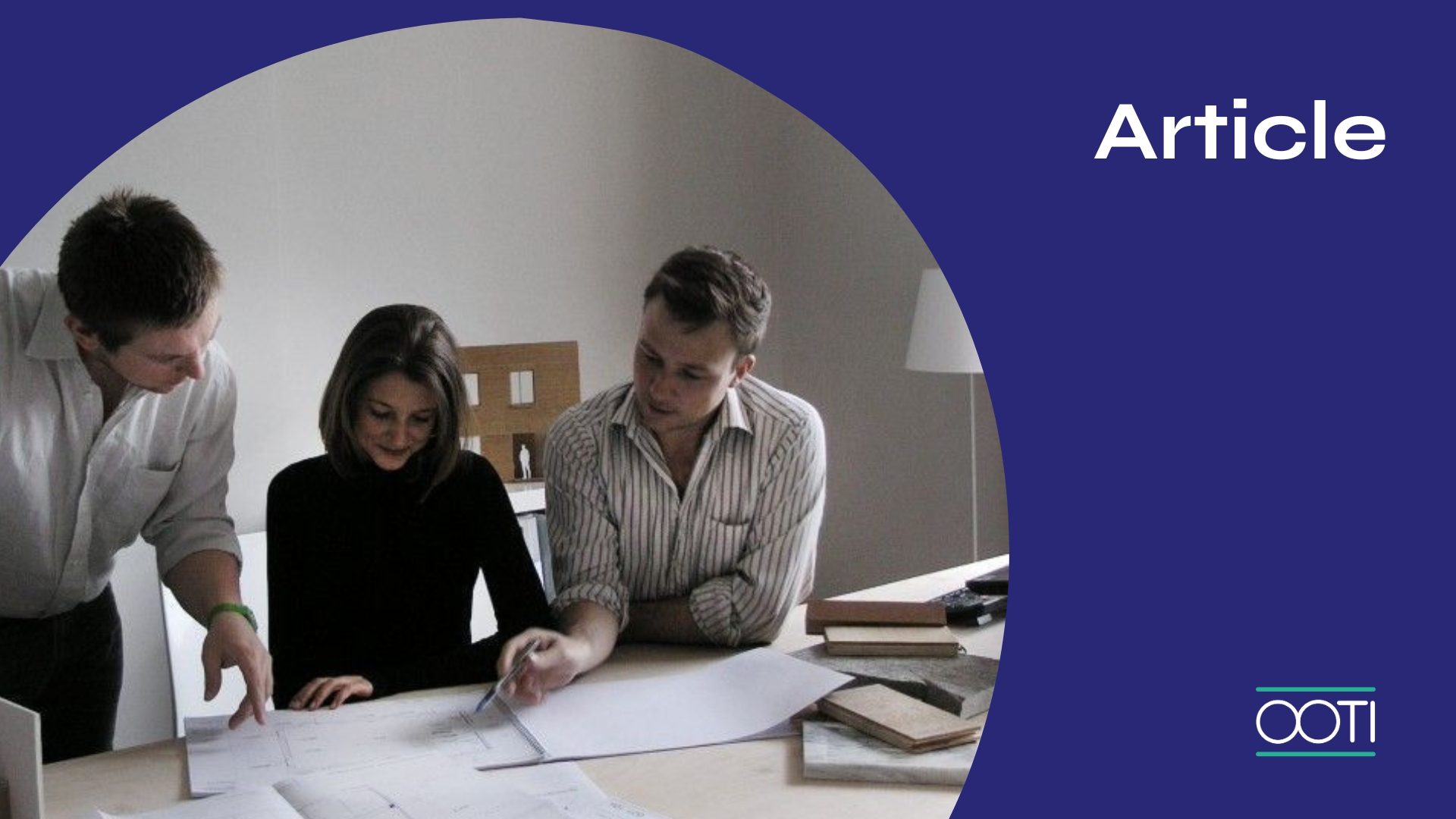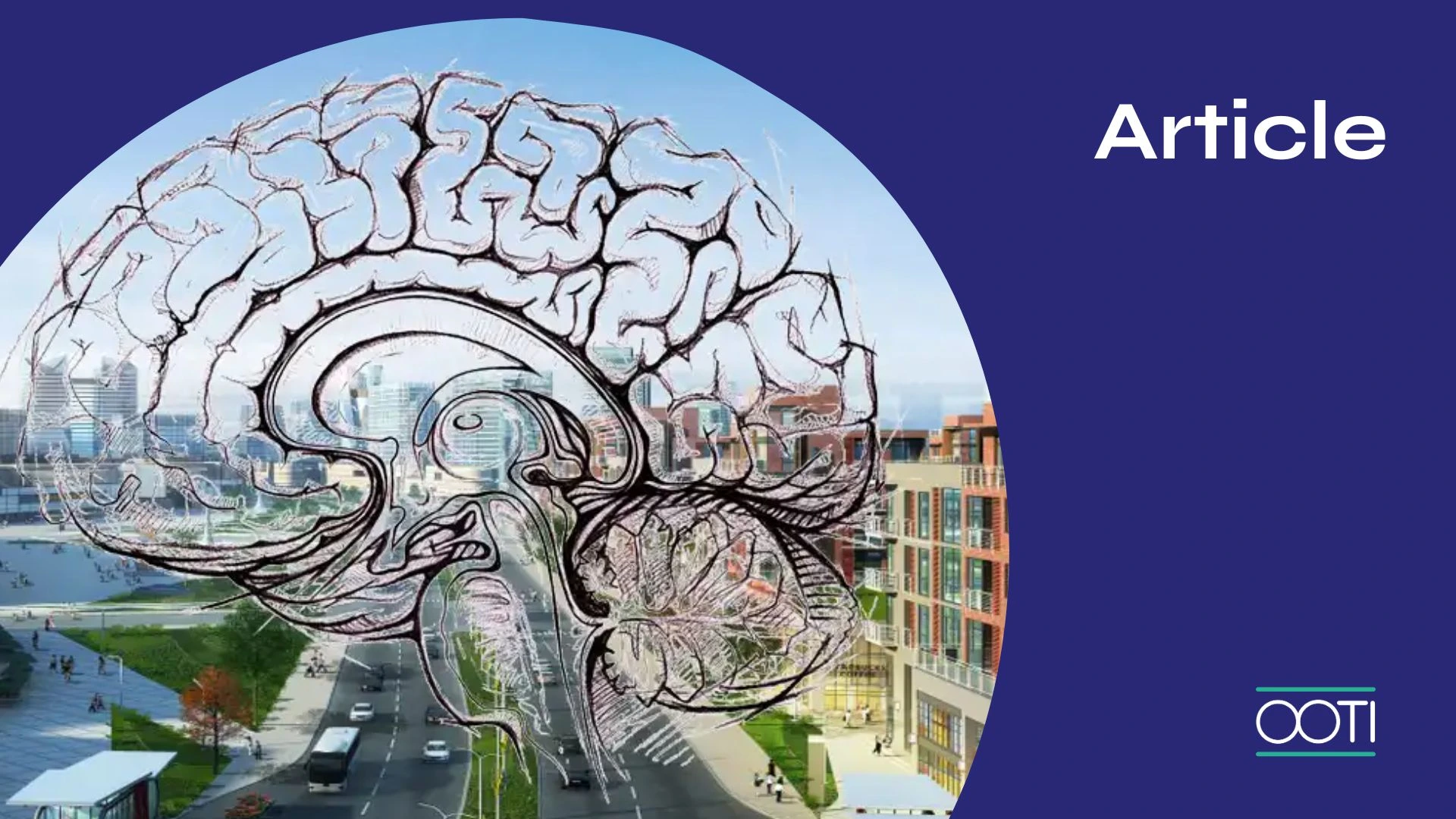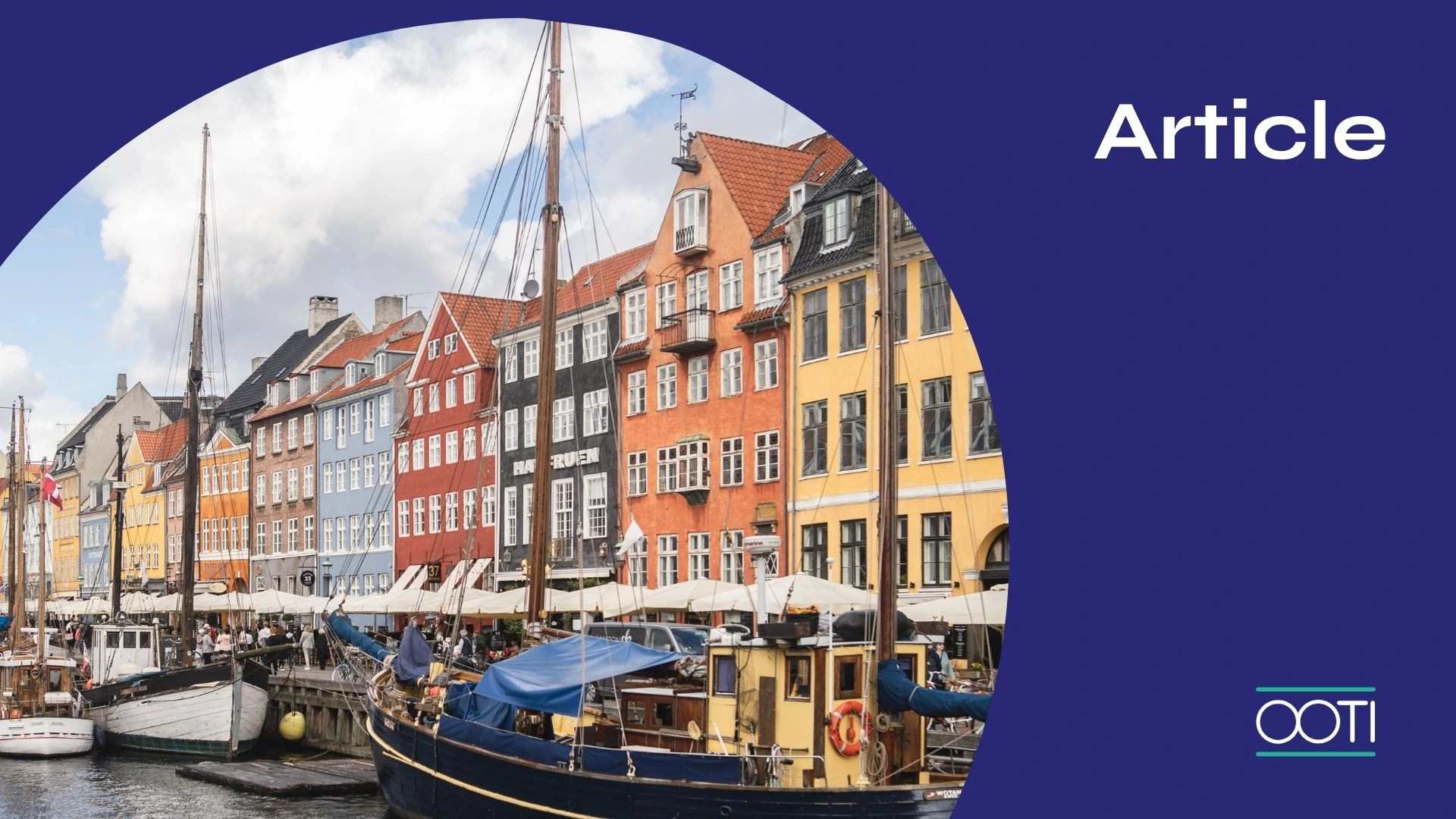
New construction materials: Between innovation and tradition!
.png)
New construction materials: Between innovation and tradition!
Make new with old. It's an adage that seems particularly well suited to construction these days. Confronted with a imperative ecological and energy transition, the sector multiplies new ideas with materials that are not always new. Far from it !
At the other end of the spectrum, some manufacturers compete in ingenuity and R&D to offer technology digests with a negative carbon footprint.
If sometimes it will only be a question of niche inventions, other innovations could well permanently move the lines and offer designers a carbon-free alternative.
Raw earth, transparent wood, healing concrete & organic charcoal : we present to you 4 materials that will be talked about…!
Raw earth: vernacular innovation
If builders had been told a few centuries ago that they were handling a material of the future, they would not have believed it. And yet, it is. In a context where “all-concrete” finds its limits, the “raw earth” material shows many advantages in the face of current crises.
Unfortunately, it is not so easy to use: the knowledge and skills related to its handling have disappeared.
As a result, when you extract tons of earth, you don't know what to do with it. Yet the earth has virtues….
The realizations in raw earth in a building generally give it a inertia conducive to thermal phase shift. Qualities that also improve perceived comfort, playing a active role in the regulation of temperature and humidity (measurement of the degree of humidity in the atmosphere).
If it resists badly to the efforts of traction, used in adobe, it makes a timid comeback with some avant-garde achievements which try to give back to the earth its letters of nobility. This is the case, for example, at the Colomiers cinema, designed by the Encore Heureux collective. In Villepreux, in the Yvelines, Paul-Emmanuel Loiret and Serge Joly, architects, used earth to create nearly 500 m2 of walls, from rubble from construction sites in the north of Paris. In Bagneux, the TOA agency used extruded earth bricks, lined inside with cellulose wadding to fill the walls.

Transparent wood: fire glass on the carbon footprint
If the use of wood in construction cannot be a revolution, a team from the University of Maryland in the United States has developed a treatment that makes it transparent!
5 times stronger and lighter than glass, more thermally efficient, the characteristics of this invention make it a serious alternative to plastics and glass.As much as its manufacturing is much less energy-intensive compared to the petroleum contained in plastic or the extreme temperatures imposed by the creation of glass. The transparent wood is produced from Douglas fir, a species that grows particularly quickly and reaches its adult size in 5 years.

" Transparent wood is 5 times stronger and lighter than glass and more thermally efficient! "
The raw material is treated at room temperature in an oxidizing bath, which whitens it of almost any opaque material. The wood is then penetrated with a synthetic polymer called polyvinyl alcohol (PVA), resulting in a virtually transparent material.
The natural cellulose of the wood structure and the energy-absorbing polymer filler of transparent wood make it much more durable and lighter than glass. It can withstand much greater impacts than conventional glass and, unlike the latter, it bends or splits instead of breaking. Awesome, isn't it?
Healing concrete: bacteria at the bedside of concrete
The pathologies of concrete are well known and certain episodes remind us of its fragility, especially when it is cracked. This was particularly the case in Genoa when the bridge spanning the city gave way under the corrosion of its structure. So what to do? Do without this ubiquitous material?
💡 What if the solution lay in concretes capable of self-healing? The idea seems quite fanciful but it is nevertheless the track that many specialists are digging. And it would seem that the first healing concretes are about to see the light of day.

The process is based on the invention of a innovative method of repairing cracks in concrete using bacteria. Indeed, small capsules containing bacteria and nutrients are injected into the concrete, and under the influence of humidity and sunlight, these polymers react and fill any gaps.
Some experiments carried out in the Netherlands have already proved successful and the process makes it possible to repair cracks of up to 1 mm. There remains an obstacle, the price: in the current state of research, the systematization of this process would lead to a doubling of the price of concrete.
Will you pick up some inflation again?
Bio-charcoal coating: the carbon magnet
Significantly reduce the carbon footprint of its manufacture is already a good performance which is worth to certain materials to be placed at the top of the classification of the solutions of the future. But then when you add to that the capacity to absorb the carbon present in the atmosphere, it is a miracle.
It has a name: the bio-charcoal coating. Made from a special non-toxic bioplastic based on green charcoal from forestry and agricultural waste, it is capable, once installed, of capture CO2 from the air.
To this is added, if that was not enough, its very high stability which means that it does not release carbon over time. So much for the theory. In practice, it was first used in 2021 in Germany to cover an Audi dealership center. Verdict: the cladding made it possible to store 14 tons of carbon.
Who says better ?

I don't have time to read everything, can you give me a little summary?
- The material manufacturers compete in ingenuity and R&D to offer ever more innovative materials!
- The use of raw earth in the buildings plays a active role in temperature regulation and in hygrometry.
- The characteristics of transparent wood let's make it 5 times stronger and lighter than glass, and more thermally efficient.
- the healing concrete is a solution cable to self-heal with injected bacteria and nutrients in the material.
- the bio-charcoal coating once installed, capture CO2 present in the air!
















.jpg)











.jpg)













